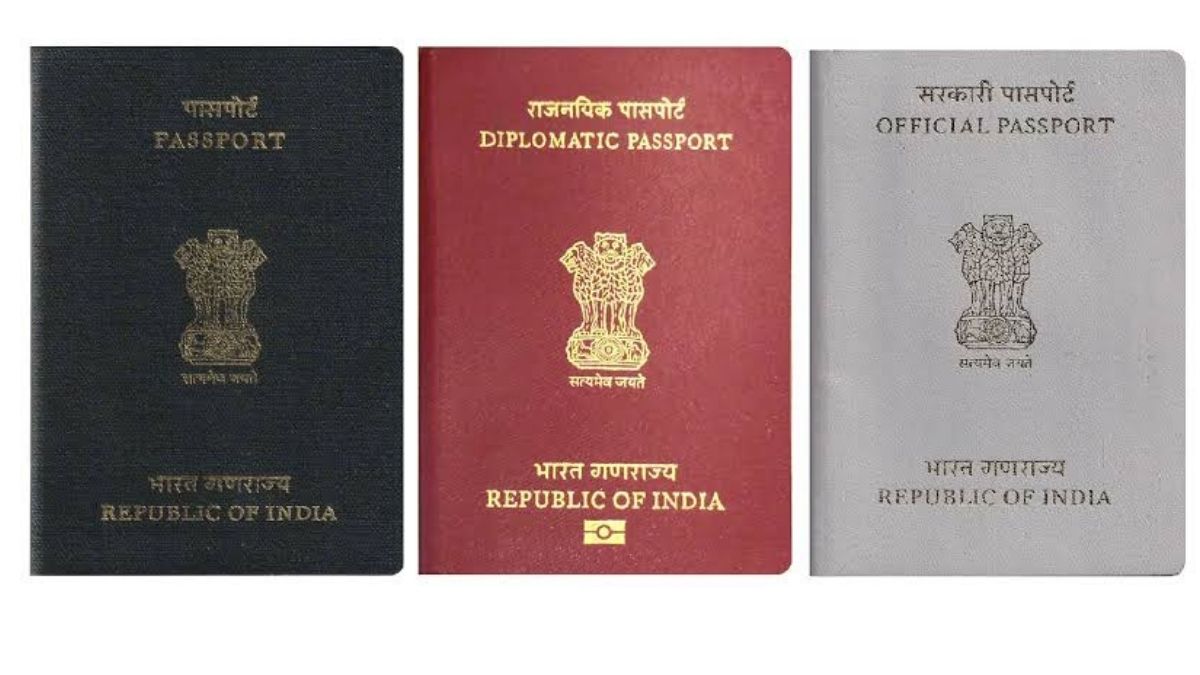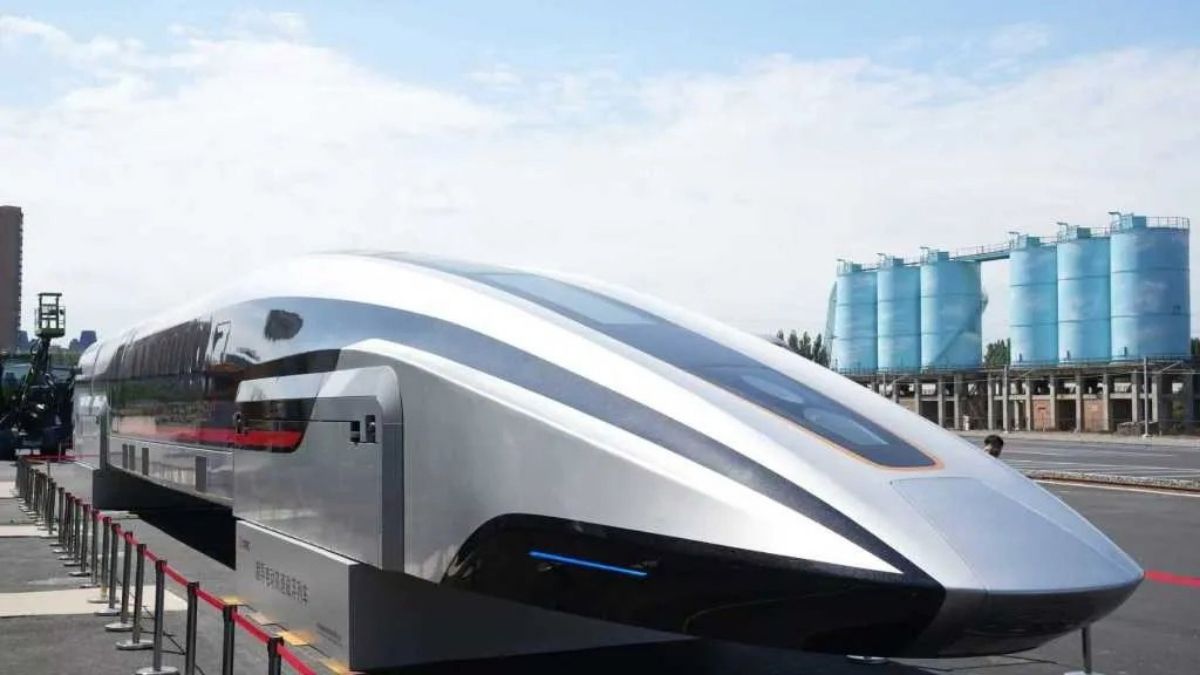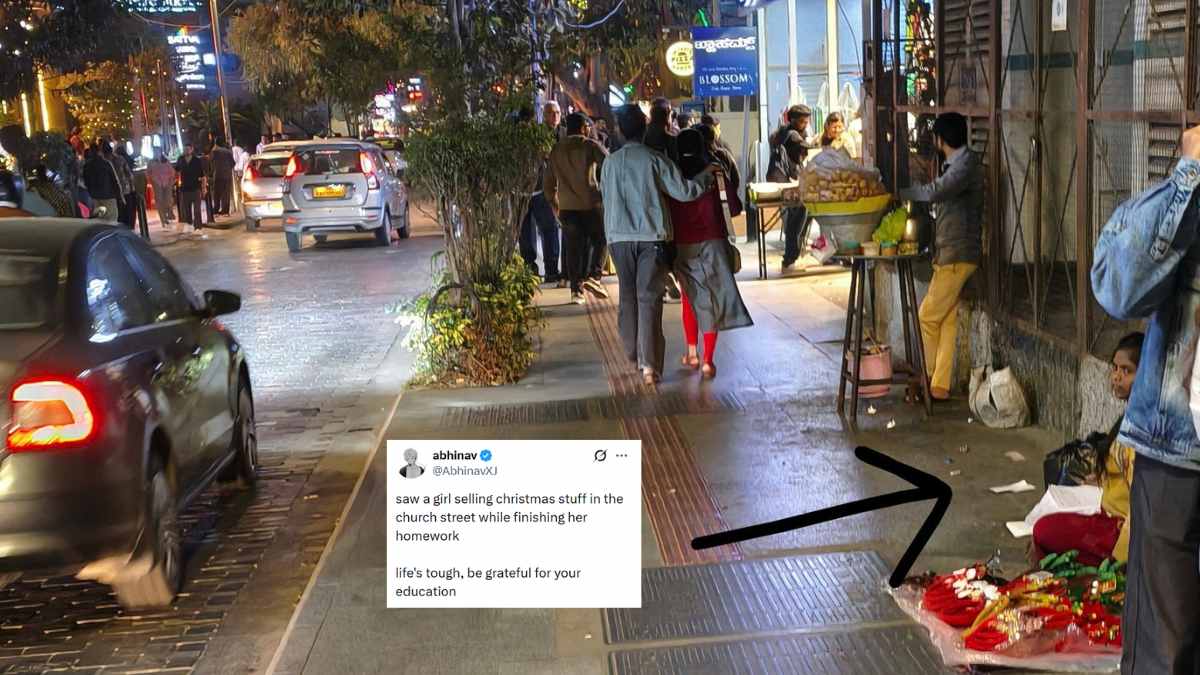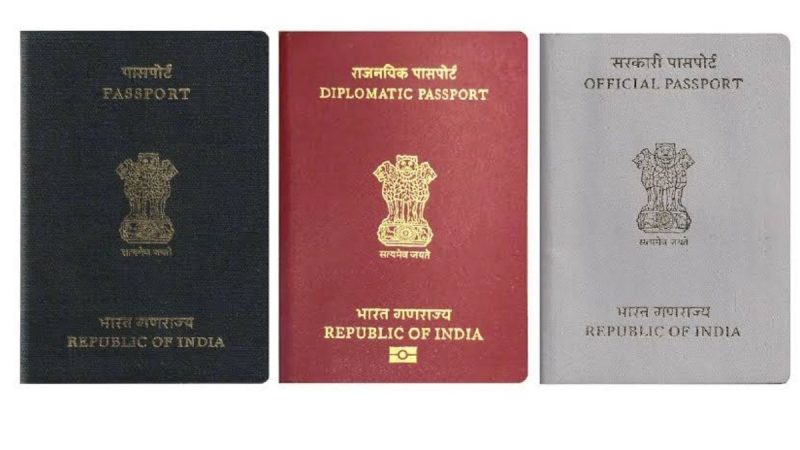A passport isn’t just a booklet that lets you cross borders; it’s a signal. Its cover whispers a story about who you are, where you stand, and what kind of authority you carry when you step into another country’s immigration hall. In India, that story unfolds in colour. Most of us picture the navy-blue cover we carry on vacations or work trips, but that’s only part of the palette. India’s passport system has four shades: blue, white, maroon, and orange, each with its own tale.
Blue Or White, Which One Is For Ordinary Citizens?
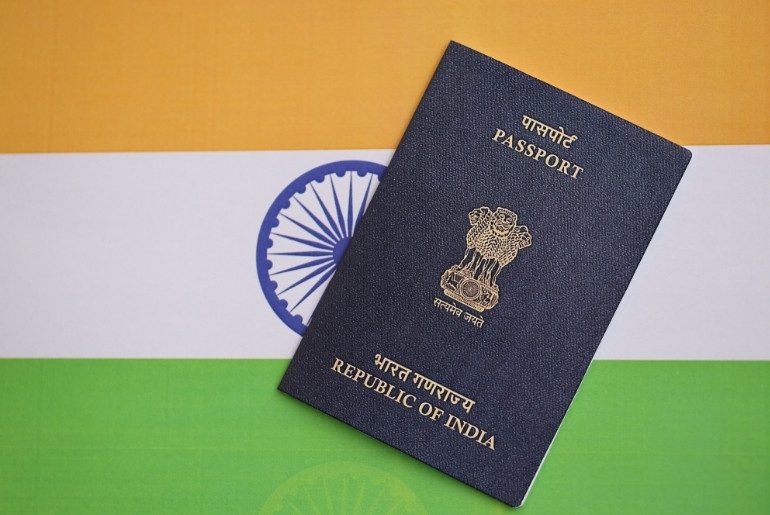
The navy-blue passport is the one you’ll find with almost every Indian traveller. It’s the “ordinary” passport, stamped with the designation “Type P” for “personal.” This is what students pack along with their admission letters, what families clutch while shuffling through airport queues, and what businesspeople hand over at foreign visa counters. Valid for ten years in most cases, it’s the default ticket for regular citizens to step outside the country.
The white passport, by contrast, rarely shows up in an airport crowd. Issued as “Type S,” it’s reserved for government officers, soldiers, and employees travelling abroad on official assignments. The stark white cover makes it impossible to mistake; it’s a badge that the bearer is not vacationing or seeking work abroad but representing the Government of India on state duty. It doesn’t grant diplomatic immunity, but it does open smoother channels of recognition at checkpoints.
Also Read: You Can Now Renew Your South African Passport Right Here In Dubai; Here’s How
Maroon And Orange Indian Passports: What Do They Mean?
Then comes the maroon passport. It is deep burgundy in shade and far more exclusive. Officially “Type D,” it’s handed to diplomats, senior officials, and in some cases their families. Under the Vienna Convention, its holders enjoy diplomatic privileges, easier visa access, and, in many places, fast-track lanes that most of us can only glance at wistfully. In a way, this passport doesn’t just move a person across borders, it carries India’s voice and stands with it.
In 2018, the government floated the idea of issuing these to citizens in the “Emigration Check Required” (ECR) category, typically workers with fewer formal qualifications, who must secure clearance before taking up jobs in certain countries.
The plan was meant to simplify bureaucracy, but it sparked an outcry. Critics said it would brand working-class Indians as second-class travellers, turning the cover into a marker of education and social status. Within weeks, facing protests and a legal challenge, the idea was shelved and orange passports were never printed, as stated by Money Control.
Also Read: Minor Passport Damage? Airlines & Immigration At UAE Airports May Refuse Boarding
Taken together, these shades form a spectrum of identity. The navy-blue passport represents the everyday citizen, the white signals duty, and the maroon embodies diplomacy. Beyond their leather covers, these passports mirror how India organises its people when they step onto the world stage. It is sometimes practical, sometimes political, but always symbolic.
Cover Image Courtesy: vikassinghhhh/Wikimedia Commons
For more such snackable content, interesting discoveries and the latest updates on food, travel and experiences in your city, download the Curly Tales App. Download HERE. First Published: September 15, 2025 11:53 AM
